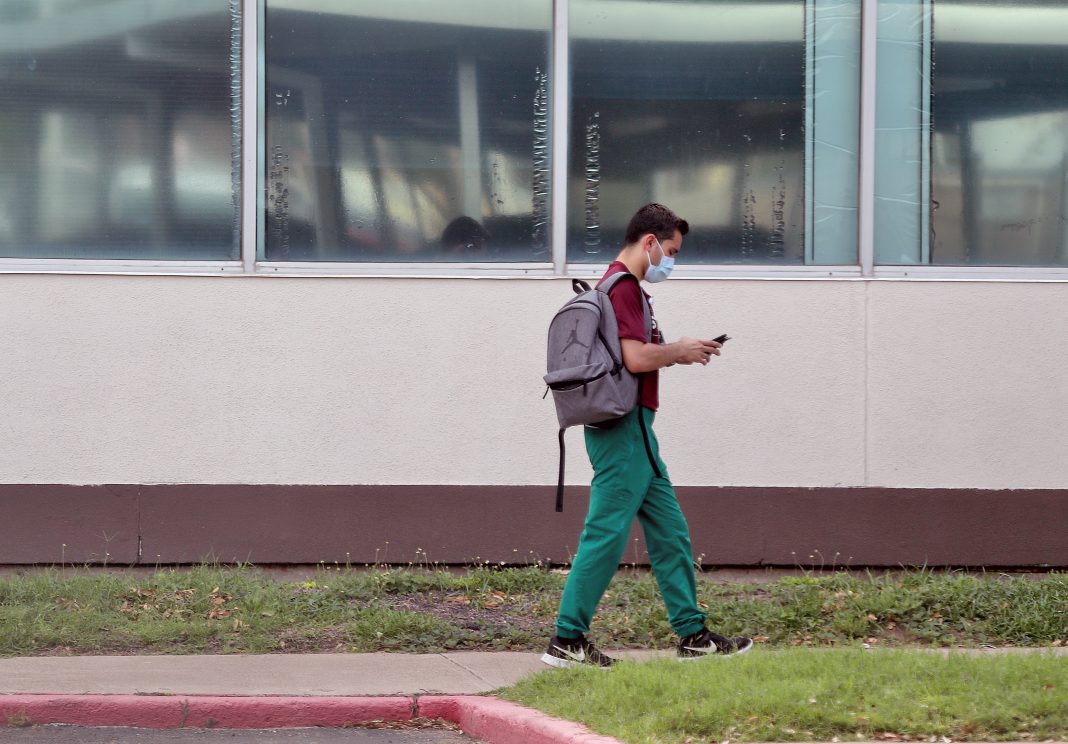|
Only have a minute? Listen instead
Getting your Trinity Audio player ready...
|
It’s no secret that there is often more work than hands at healthcare facilities across the nation, which the COVID-19 pandemic helped to further exploit in 2020, but nowhere was this more apparent at the time than in the nursing field.
Hospitals in South Texas were not the exception and served as perhaps the definitive example. The impact on Rio Grande Valley communities was particularly extreme as hospitals operated at overcapacity during the summer of 2020, with more than 4,000 lives and counting lost to the pandemic. At one point, refrigerated trucks parked outside these facilities to store the dead when space was scarce.
Nurses and doctors and other medical staff worked so diligently then to address the needs of a vulnerable population in the Valley — due largely to communities here long-struggling with comorbidities ranging from heart disease to diabetes — that they were recognized by The Monitor, Valley Morning Star and The Brownsville Herald as the area’s Citizens of the Year in 2020.
Three years later, medical professionals and educators are contending not only with a nursing shortage but a decline in enrollment at nursing schools in the state and nation — issues which are not mutually exclusive and are exacerbating each other.
And while representatives from the Valley’s healthcare institutions paint a more optimistic picture than what the rest of the country is experiencing, everyone seems to agree on at least one thing: The solution to the nursing shortage problem is education.
‘A NATIONWIDE CONCERN’
The University of Texas Rio Grande Valley School of Nursing graduates somewhere between 90 and 100 undergraduate students and about 30 to 40 advanced program students every year.
To get into the program alone is a feat with only about 70 applicants accepted from a pool of usually 200 annually, according to the school’s interim dean, Dr. Lilia A. Fuentes.
In fact, the university and other schools in the U.S. have in recent years seen a decline in nursing applicants. This, she said, is an alarming trend as healthcare needs grow in the nation.
“It’s actually a nationwide concern that we are seeing a decrease in applications in the nursing profession across the nation,” Fuentes said. “There is a significant drop in nursing applications post COVID.”
According to a May 2 article by the American Association of Colleges of Nursing, or the AACN, nursing schools saw a 1.4% decrease in the number of students in entry-level baccalaureate nursing programs, “ending a 20-year period of enrollment growth.”
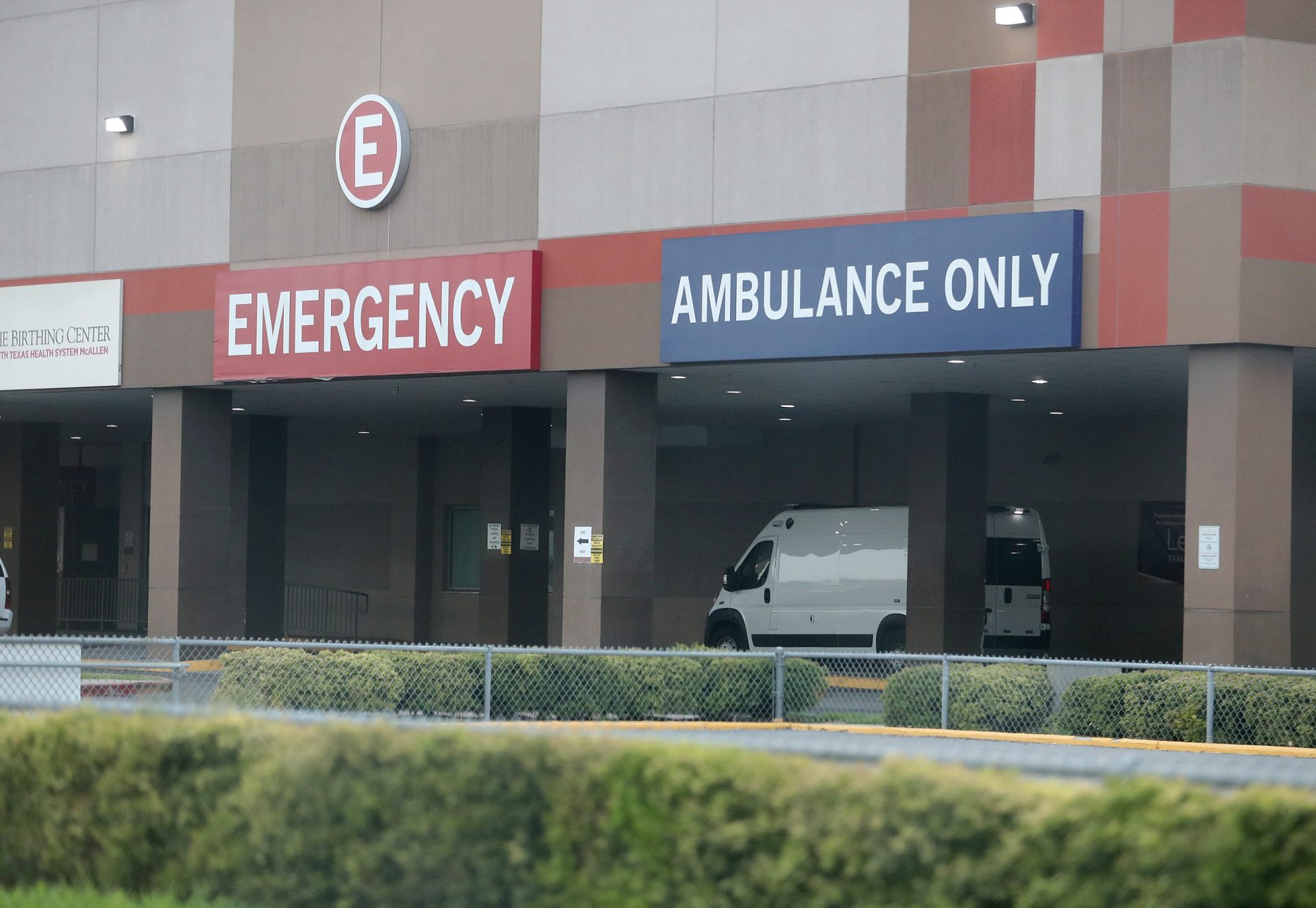
The AACN also pointed to limited faculty and training sites causing — over time — an increase in the number of qualified applications being turned away, from 3,600 in 2002 to 66,261 in 2022.
At UTRGV, Fuentes explained that the number of applicants had dropped from nearly 200 to about 80 students applying for the Fall 2022 semester.
She further attributes the lack of nursing school applicants nationally to limited resources, such as materials and staff to accommodate more recruits. This, too, is observed at UTRGV, she said.
In late 2022, the Texas Hospital Association released a survey identifying and understanding current challenges in the healthcare industry, submitting 20 questions to 600 member hospitals and receiving 178 responses.
In its findings, the association also gauged the impacts on nursing schools.
“Texas nursing schools turned away 15,709 qualified applicants in 2021 due to a shortage of nursing faculty and clinical education capacity,” the survey said.
Although not directly linked to the nursing shortage, the decrease impacts the number of nurses who can train future healthcare workers.
“This cyclical pattern has snowballed over the course of the pandemic,” the survey further stated. “There is an acute lack of experienced staff to serve as preceptors to oversee nursing clinical placement.”
While the survey showed that in 2021 nearly 27% of nursing schools had to deny admission to qualified applicants due to a lack of faculty positions, there is hope for the future.
The 87th Texas Legislature appropriated $9,440,024 to the Texas Higher Education Coordinating Board for the 2023 fiscal year to directly target the shortage.
It will go toward funding eligible nursing programs at public and independent institutions that show an increase in the number of graduates per year at the associate, baccalaureate, master’s and doctoral degree levels.
Although application numbers have decreased at schools across the country, Fuentes added that for the upcoming fall semester UTRGV’s nursing program once again saw nearly 200 applicants.
Attempts to reach South Texas College nursing and communications representatives were unsuccessful as of press time.
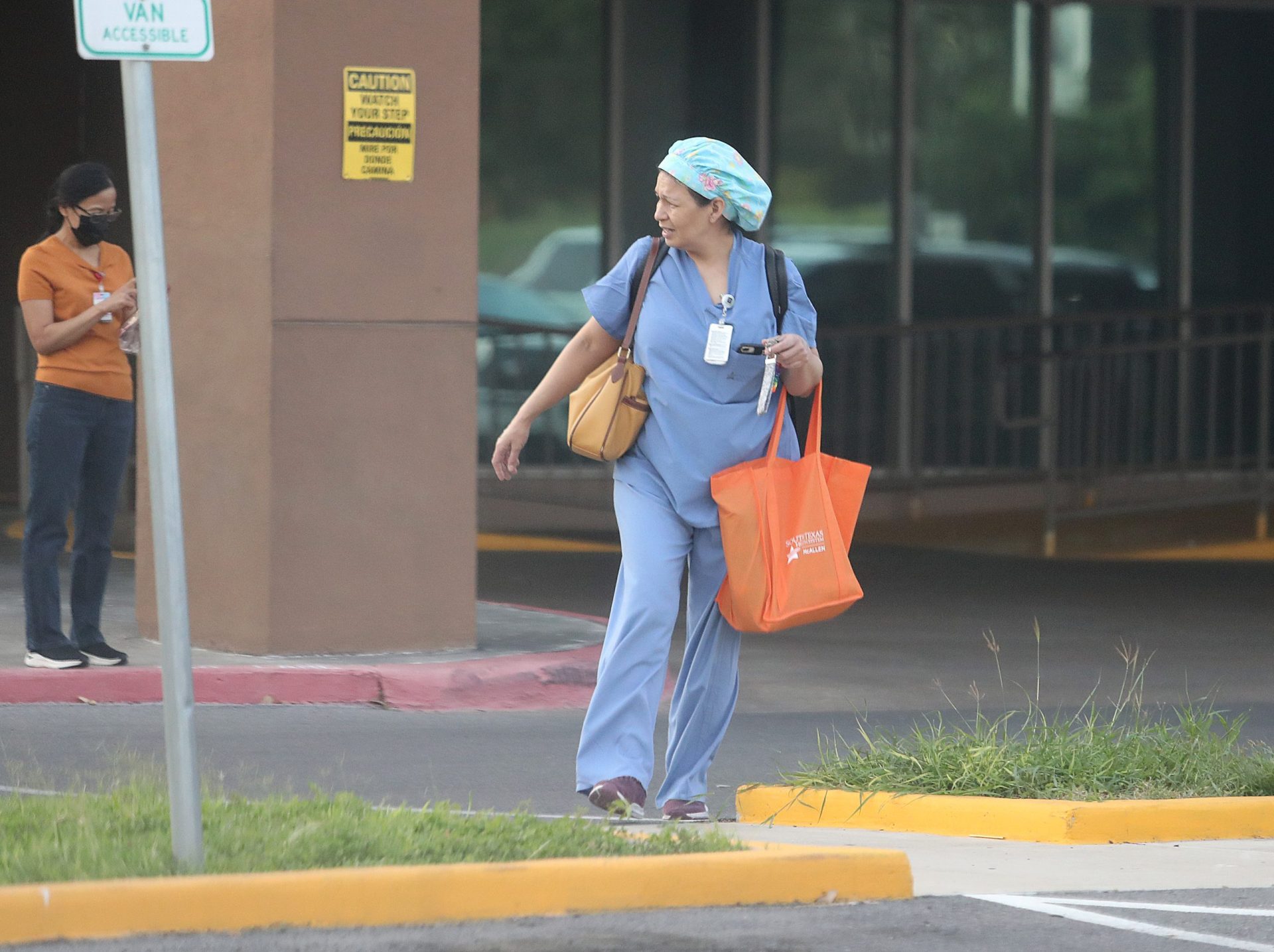
CURRENT STATE OF NURSING
The Texas Hospital Association’s survey found that 64% of hospitals in the state are “operating with fewer beds and reduced services due to significant nurse staffing shortages.”
“This has a critical impact on communities and patients, as these shortages limit specialized care; reduce service lines; create emergency room boarding; increase transfers to other facilities; impede hospitals from accepting transfers; and further exacerbate burnout,” the survey further stated.
But if you were to ask local healthcare professionals how their institutions are fairing, they’d tell you that their attempts to mitigate the shortage have been successful.
Representatives from three of the Valley’s largest hospital systems — DHR Health, South Texas Health System and Valley Baptist Health System — believe there’s reason to be optimistic now that nurses who left the region during the pandemic, when the strains of the job became unmanageable for many, are returning.
According to DHR Health President Susan Turley, the COVID-19 pandemic contributed to the nursing shortage across the state due to many leaving to work for travel agencies that were paying more money.
Turley further explained that although nurses didn’t necessarily leave the workforce, some left direct patient care and went on to take roles at schools or at hospitals in non-patient care areas while others took opportunities that allowed them to work from home.
System Chief Nursing Officer Kennetha Foster of STHS shared a similar sentiment, and noted that staffing has returned to normal after pay stabilized in the U.S.
“Because nurses were paid very much during the pandemic they would travel, they would go where the highest dollar was,” said Foster. “Now across the nation you’re seeing those salaries … they’re normalizing.”
Turley is seeing the same at DHR Health.
“A number of our nurses who left are back and working,” Turley said. “We are starting to see some relief.”
Asked about the nurse to patient ratio at DHR and STHS, Turley and Foster said it depends on the kind of care needed for patients and whether their cases require round-the-clock care. This can vary from needs in intensive care units to maternity wards to general care floors.
For instance, there may be one nurse for every five patients in the lower acuity floor at DHR Health. But in the ICU there, it can range from one nurse for every patient or one for every three patients. Foster said this is what STHS sees as well.
The stress of the pandemic led to many nurses and healthcare professionals suffering from fatigue. In fact, according to the association’s survey about 86% of nurses left hospitals for better pay while 61% left due to fatigue and burnout.
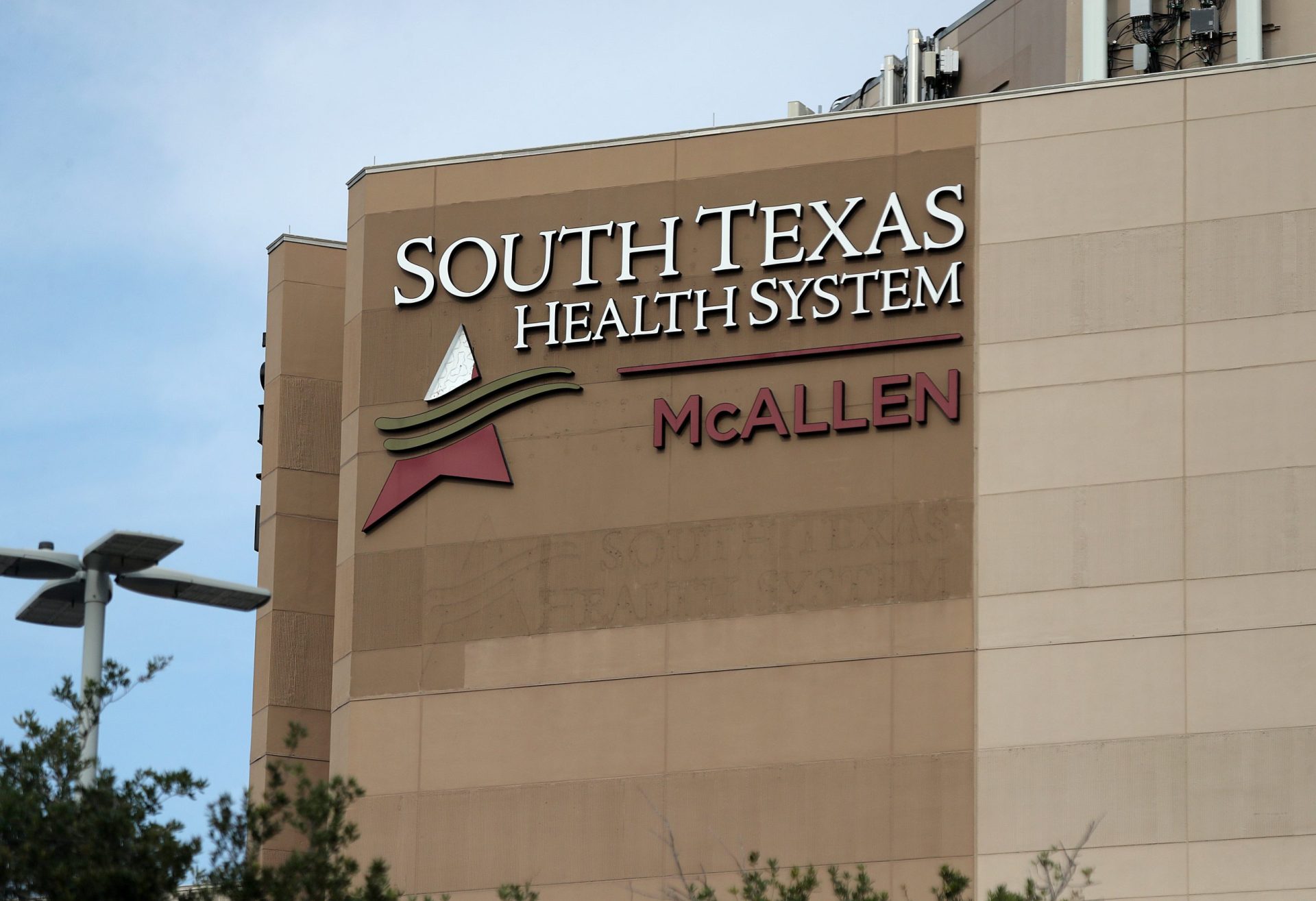
Foster said this waned once the stresses of the pandemic waned.
“As far as fatigue goes it’s 100% improved from what it was three years ago,” Foster said.
She also explained that STHS sees similar situations when Winter Texans travel south to the Rio Grande Valley, leading to hospitals seeing more patients, increasing the census by 25%.
Local hospital systems plan for this, however.
“When the Winter Texans come we definitely see an increased need for nurses because just like the restaurants are more full, the other places fill up, the hospitals do the same,” Foster said, adding that during that time the hospital hires seasonal staff to assist in patient care.
This isn’t the only solution in place to prevent fatigue.
In fact, according to both Turley and Foster, DHR Health and STHS have hired more certified nurse assistants, or CNAs, to help tend to the tasks that take time away from the primary physician and nurses.
“We as a hospital, for our nurses, are bringing additional support so they can focus their time and efforts on skill sets that only they have,” Turley said. “They are able to respond to the patient and the patients’ families and relieve that burden on the nurses.”
Chief Strategy Officer Jennifer Bartnesky-Smith said Valley Baptist is filling the gaps by prioritizing recruitment and outreach.
In a statement Friday, she acknowledged the challenges facing healthcare facilities in the U.S., but like Turley and Foster, she said local efforts to provide relief remain a source of hope.
“Staffing challenges are not a unique story to Valley Baptist Health System, as healthcare entities throughout the Rio Grande Valley and the nation are experiencing similar shortages, especially when it comes to nursing,” Bartnesky-Smith premised. “As we continue to adjust to the post COVID-19 pandemic landscape in health care, Valley Baptist has made filling our nursing vacancies one of our top priorities.”
Bartnesky-Smith said Valley Baptist has held events where anyone interested in a career in health care can leave with “tangible job offers.” She also highlighted the ongoing training efforts.
“We’ve also developed recruitment events that not only focus on drawing new talent from within the Valley, but from beyond the Valley as well to ultimately increase the depth of our local talent pool,” Bartnesky-Smith added. “We’re also working diligently to train the next generation of nurses through the Valley Baptist School of Vocational Nursing, we will continue to do everything we can to make sure we can provide the very best for our communities.”
Although Bartnesky-Smith, Foster and Turley all say their respective hospital systems are working to mitigate the nursing shortage seen nationally, nearly any facility can be at the mercy of a local medical struggle or a global health crisis like the pandemic, and periods of shortages can fluctuate as a result.
“I think long-term education is really the key,” Turley stressed.
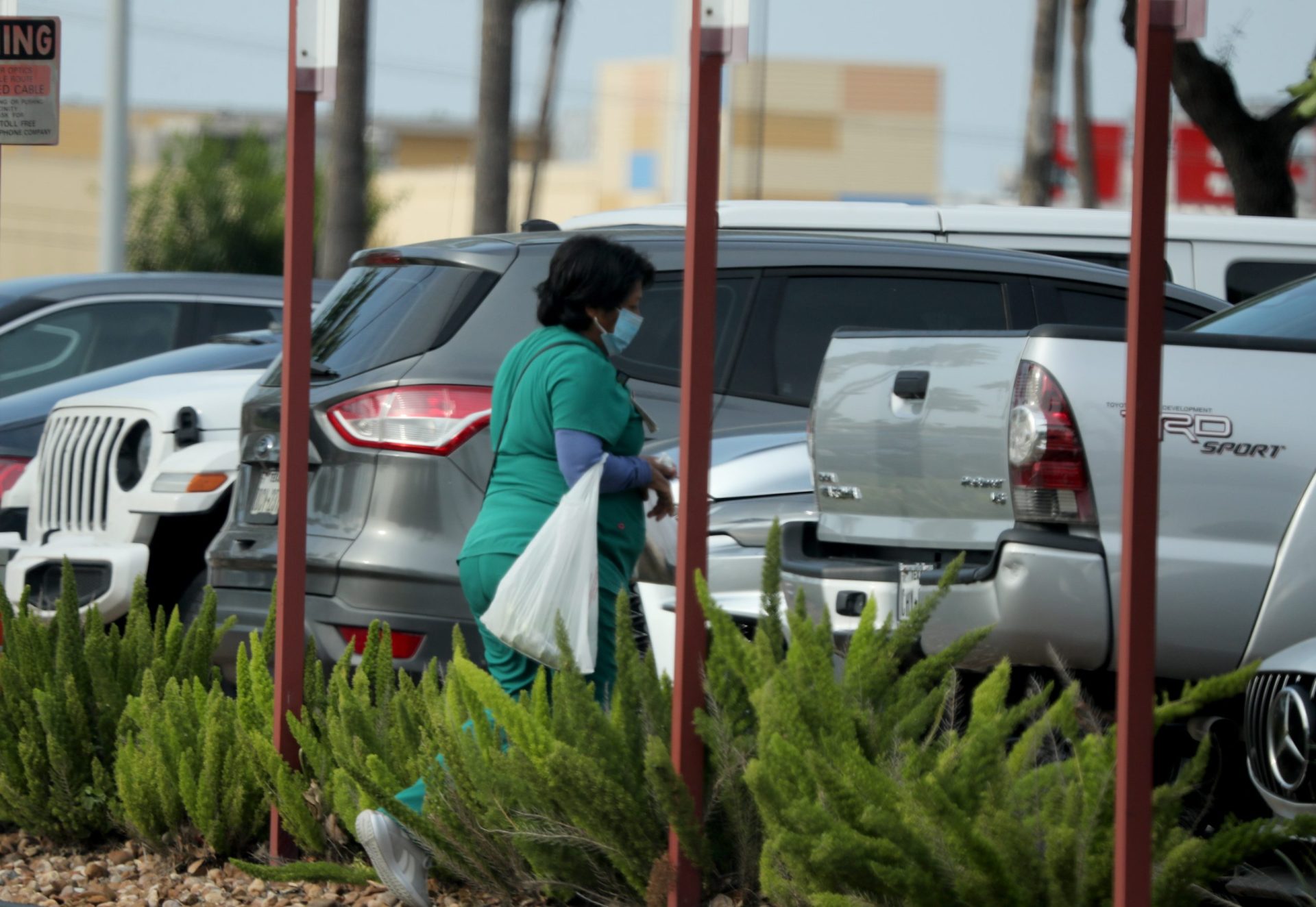
STEPPING UP
Community outreach and summer programs geared toward the youth, where career pathways are shared with local high school students in an attempt to build interest, represent a source of encouragement for some.
DHR Health and STHS work closely with local nursing programs, such as those at UTRGV and STC, to help nursing students gain hands-on experiences working in a hospital environment.
Foster added that nursing students begin working closely with STHS the day they start the program.
DHR Health, on the other hand, works with the Region One education center to host summer programs and help train students at a professional level.
Not only do the hospitals help future healthcare workers join the workforce, but they also support current nurses who return to school to get their bachelors of science in nursing.
STHS offers tuition reimbursement to nurses who choose to return to school and works with them to create a flexible schedule.
According to Foster, the hospital system works with schools at all grade levels as well as scouting groups to promote a career in health care.
They also host a junior volunteer program to help expose students to a hospital work environment.
“I think the universities are doing a lot … particularly the ones here have really stepped up,” Turley said, adding that the upcoming Texas A&M nursing program expanding to the Valley will also be a significant help.

